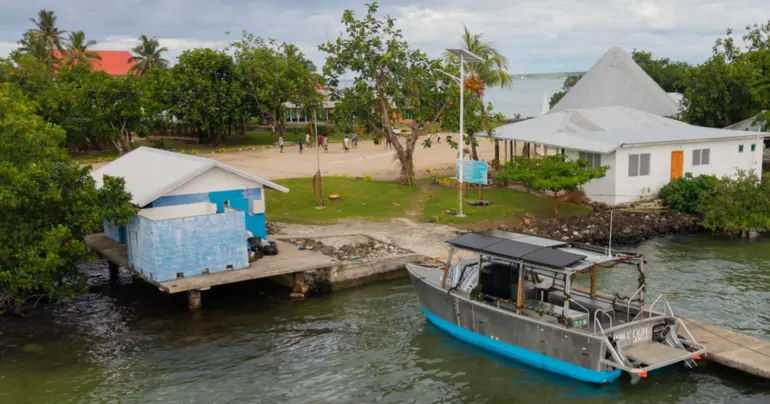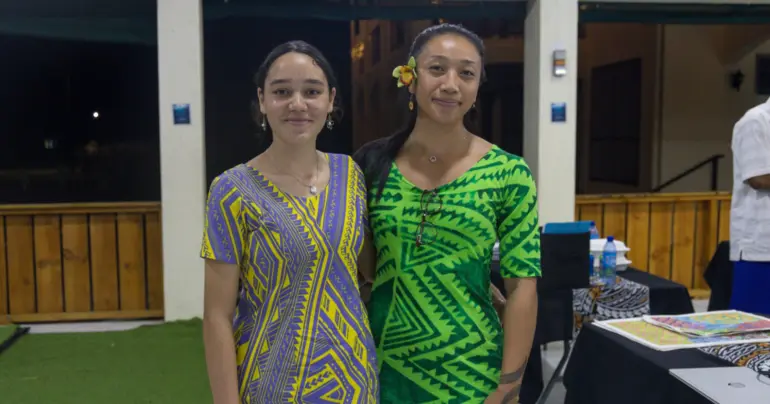Pacific must prepare for virus' spread: W.H.O.
 By Sapeer Mayron
•
16 February 2020, 11:00AM
By Sapeer Mayron
•
16 February 2020, 11:00AM
The Pacific arm of the World Health Organisation is warning all countries to prepare for the possibility that the novel coronavirus (C.O.V.I.D.-19) will continue its global spread.
Dr. Takeshi Kasai, the Regional Director for the Western Pacific called today's situation a “critical juncture” in the outbreak with cases in more than 25 countries outside China, which is where the disease first spread to humans.
The warning comes as, on Saturday, the official death toll from the disease was raised to 1521 and people in Wuhan, in central China, where the disease was first reported, were banned from leaving their homes.
With clusters of cases with no apparent links of China cropping up, Dr. Takeshi said the virus may be more transmissible than previous data suggested, and that countries must prepare.
“Even if, in the end, there is no need to switch on these measures in response to C.O.V.I.D.-19, this is the time and effort well spent because it makes us better prepared for the next outbreak,” he said.
“Getting ready takes time, especially for response to reach everyone, everywhere.
“Responding to wider transmission would require shifting activities to focus on the most vulnerable, minimising health and social impact. If we don’t prepare, we won’t be able to activate plans if needed.”
That response would mean moving away from testing and isolation, and instead working to have cases stay home for recovery and treatment to avoid overwhelming hospitals, he continued.
Everyone shares the responsibility to protect themselves and vulnerable communities, on top of Governments’ responsibilities.
Dr. Takeshi said:
“In case of community transmission, there are two mains risks of importance to the Pacific. First, health care facilities could rapidly become overwhelmed, with even a relatively small number of C.O.V.I.D.-19 cases. This means that health facilities may not be able to focus on treating the most vulnerable and severe cases.
“Another major risk is that people with even mild symptoms may come to the health facilities, potentially amplifying the virus’ spread by infecting other patients. These are situations we must anticipate and avoid.”
He reiterated that common sense hygiene practice is best, including frequent and thorough handwashing, covering one's nose and mouth when sneezing and staying away from unwell people or keeping away from healthy people if unwell. People with trouble breathing should seek medical care.
“And please, don’t circulate rumours and misinformation online and to your friends and family,” said Dr. Takeshi.
“When people have the wrong information, they can make decisions which actually hard themselves and others.”
He said he recognises the unique challenges the Pacific region faces when it comes to responding to the threat of disease.
The region’s best protection against C.O.V.I.D.-19 is at the border, Dr. Takeshi said: “In this context, the intensive efforts developed by all Governments of the Pacific to protect their people by focusing on increased surveillance and strengthening public health measures at the border are critically important.
“And, as of today, no case has been confirmed in the Pacific. This is great news – and of course, the objective should be to keep it that way. At the same time, we must also play our part in preparing for the possibility of cases in Pacific communities.”
Currently C.O.V.I.D.l.-19 has a two per cent mortality rate in Hubei Province; cases outside of the epicentre, by contrast at a rate of 0.4 per cent.
Meanwhile, the Centre for Disease Control and Prevention in the United States of America believes C.O.V.I.D.-19 will remain in communities for good, as his own country is braced for widespread transmission.
Speaking on C.N.N., the Centre’s Director, Dr. Robert Redfield, said the virus is likely to stay “beyond this season, beyond this year and I think eventually the virus will find a foothold and we will get community based transmission.”
There are now 48,548 cases of the virus in China, and 1,381 people have died. Outside of China there are 505 cases in 24 countries, and two people have died, one in the Philippines and one in Japan.
The Western Pacific office of the W.H.O. encompasses a large region of Asia and the Pacific. Singapore, Japan, Korea, Vietnam, Australia, the Philippines and Cambodia have 173 cases between them.
Of those, three cases are under investigation to learn the possible site of transmission, while the others had travel history to China, or confirmed transmission from outside of China.
Read Dr. Takeshi's full remarks on page 14 of the Sunday Samoan.
Tags
 By Sapeer Mayron
•
16 February 2020, 11:00AM
By Sapeer Mayron
•
16 February 2020, 11:00AM











